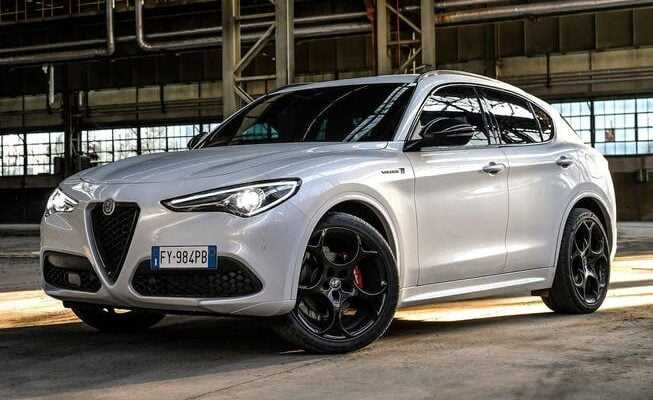With a two-liter gasoline engine and 280 hp, the Italian and the Korean are in the mid-performance class. The NZZ comparison test shows whether the Alfa can take advantage of its all-wheel drive.
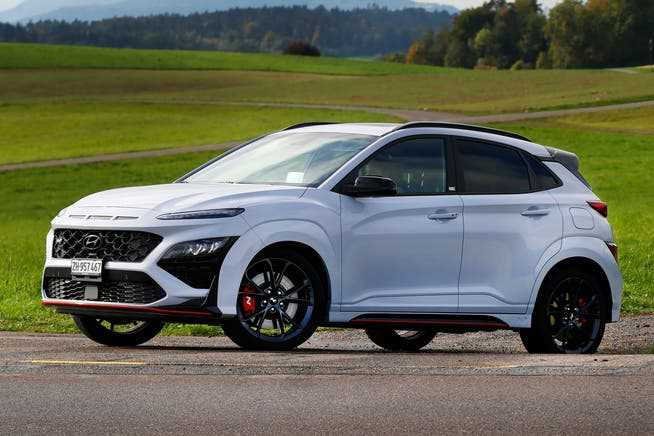
The SUV has a negative image. It’s too big, too thirsty and the wrong choice in everyday urban life. But if you put the S in the sport utility vehicle, i.e. sport, in the foreground, then the two 280 hp vehicles tested are really a good choice for the balancing act between everyday life with underground garages and pass driving with serpentines.
Whereas in earlier years American manufacturers specialized most strongly in SUVs, this has quickly shifted towards Europe. But Italian and Korean carmakers have also mastered the profession, as long as their companions do not go too deep into the terrain. Because both are not off-roaders. But fun-maker.
As a test car, the Alfa Romeo Stelvio Veloce was equipped with options such as the Driver Assistance Package Plus (1,000 francs), carbon applications (1,600 francs), 21-inch wheels (1,200 francs) and an electric sunroof (1,800 francs) and reached a total price of just under 90 000 francs.
In the petrol variant of the Hyundai Kona N, the extras were limited to a luxury package (3000 francs), special paintwork (750 francs) and an electric sliding glass roof (750 francs). With the latter option alone, it becomes clear that the two cars are in different price ranges. Equipped in this way, the Kona N cost just under 49,000 francs.
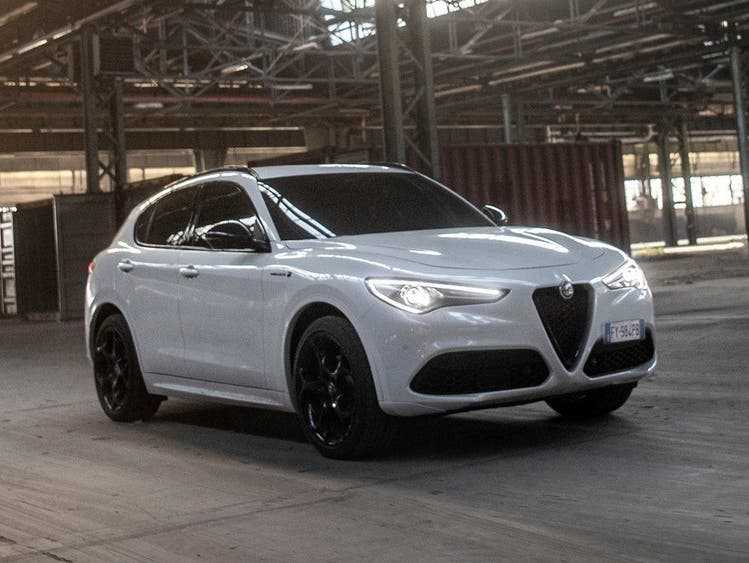
Outwardly, the Alfa Romeo Stelvio Veloce only differs in detail from the top model Quadrifoglio.
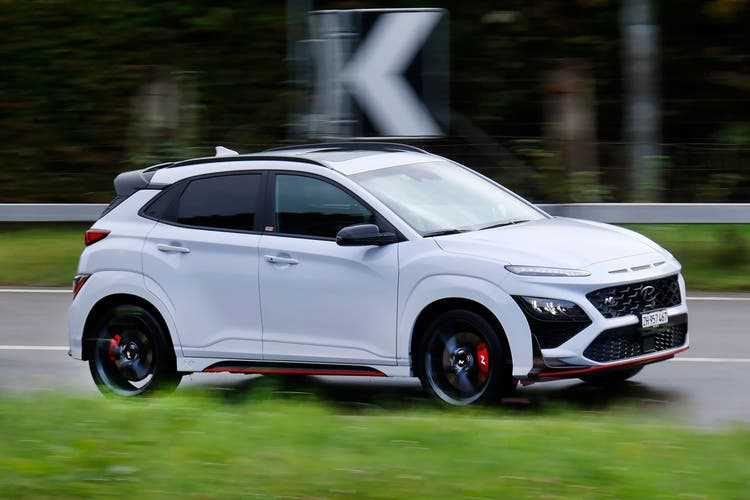
Noticeable in the Hyundai Kona N are numerous changes to the body compared to the base model.
interior
As with the body optics, the interiors of the two SUVs differ significantly. With the Stelvio, Alfa Romeo relies on sporty elegance. Everything looks dignified, even if a bit dark. The carbon inserts provide refinement, the workmanship is high quality. The starter button built into the handlebar is a particularly sporty detail. The infotainment system takes some getting used to and is not always easy to read. A whole series of knobs destroyed the otherwise elegant interior of the Stelvio Veloce.
Hyundai uses significantly more plastic in the Kona N, but the quality impression does not suffer from it. The centrally arranged touchscreen also contains rotary knobs, which makes it more intuitive to use than the one on the Alfa. In addition, the display is clearer and easier to read – it should come from a newer generation than the Stelvio. The Kona N lacks the start button in the steering wheel, but two light blue buttons below the steering wheel spokes give direct access to the driving dynamics system.
In a direct comparison, the sports seats in both vehicles are equivalent in terms of their combination of comfort and high lateral support. Overall, however, the Hyundai seems a bit more intuitive to use than the Alfa Romeo.
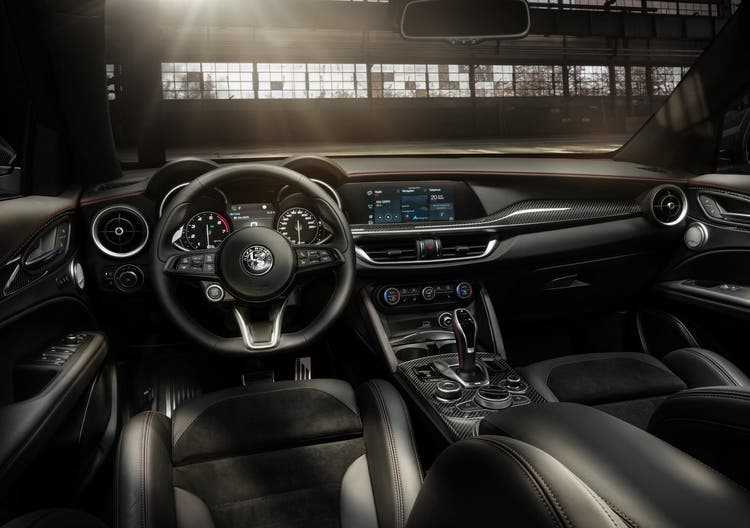
Dignified atmosphere in the Alfa Romeo Veloce, the materials have been carefully selected. You could easily forget that this is a sporty SUV.
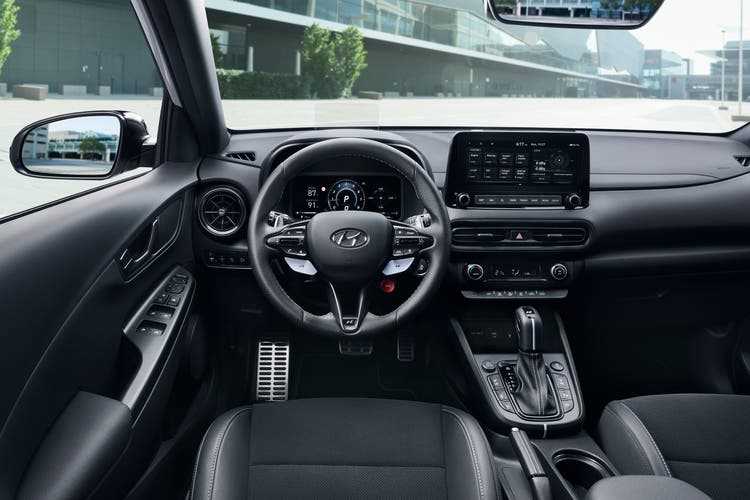
The Hyundai Kona N has a more intuitive operation and a more readable display. However, the materials look a bit cheap. This is not about atmosphere, but about making rapid progress.
Set up
The basic technical requirements of the two vehicles are different. The Hyundai Kona N is around half a meter shorter than the Alfa Romeo Stelvio Veloce, but more importantly: It is 8 centimeters shallower and benefits from a lower center of gravity. In the case of the Alfa, this is somewhat offset by the design as an all-wheel drive car with a corresponding center differential.
Both cars have excellent steering that works precisely and directly. The Kona N draws clear advantages in terms of agility from its weight that is around 200 kilograms less, as it is purely a front-wheel drive. The Hyundai compensates for the traction advantages of the Alfa all-wheel drive with its electronically controlled but mechanically working differential on the front axle. This works extremely well: The Korean steers exactly in the limit area without any understeer. The Stelvio has to struggle harder with its extra weight when braking, but it can also negotiate fast and tight corners without any loss of traction. In addition, it convinces a little more than the Kona N when it comes to rapid load changes.
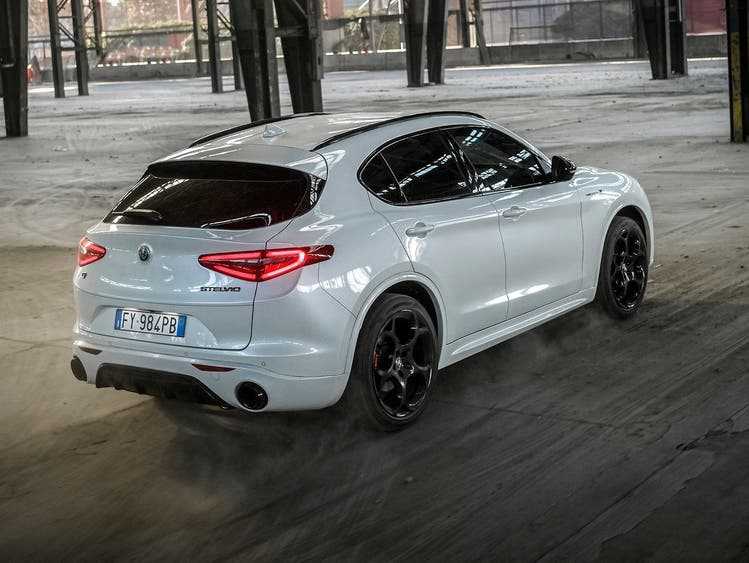
Although 225 kilograms heavier than the Hyundai, the Alfa Romeo still manages perfectly thanks to all-wheel drive.
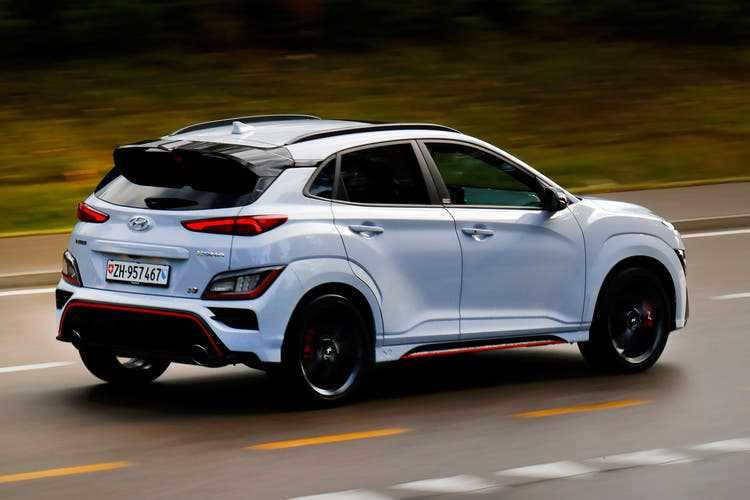
Everything is a bit easier for the Kona N, but it sometimes lacks the sovereignty of an all-wheel drive when it comes to rapid load changes.
drive
On paper, both vehicles are equally motorized with a two-liter turbo gasoline engine and 280 hp. There are only slight differences in the torque development. While the Italian already reaches its maximum power of 400 Nm at 2250 revolutions per minute – a good value – the Kona N pushes on a wide speed range between 2100 and 4700 tours with a maximum of 392 Nm. In this way, the Korean compensates for the lack of all-wheel drive, which the Italian has permanent access to. Despite its lower weight, the Hyundai Kona N is not sporty superior to the Alfa Romeo Stelvio Veloce, both are practically on a par. However, the Hyundai draws a small advantage from its particularly fast-shifting dual-clutch transmission, while the Alfa Romeo’s conventional torque converter lags a little behind.
Economy
In view of the sporty driving performance that both SUVs demonstrated in the test, the consumption figures can be explained. The Alfa Romeo Stelvio Veloce had to cover a high proportion of the motorway at steady speeds. It exceeded the factory consumption of 10.7 liters per 100 kilometers by one liter.
The Hyundai Kona N had a significantly higher proportion of urban traffic on the test drives, which does not exactly match the determined factory consumption. Despite being lighter than the Alfa Romeo, it had the same consumption, i.e. 10.7 liters. The deviation from the WLTP value is thus significantly greater than for the Italian. Here Hyundai has to think about something to make the car, which is also designed for urban journeys, more fuel-efficient in everyday life. It would be possible.
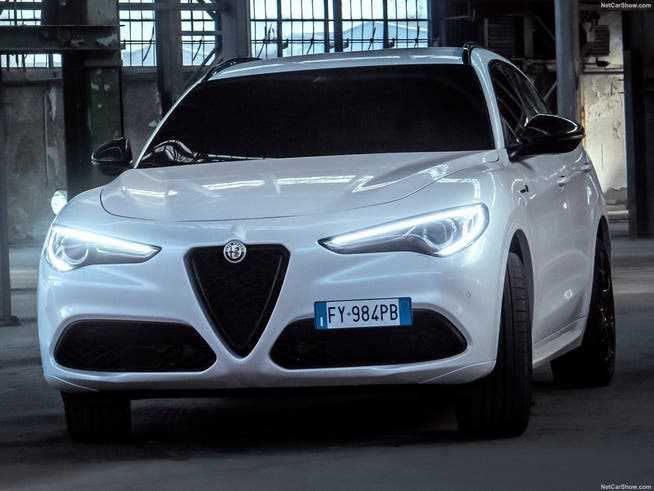
Uncompromising, straightforward, dignified: the front of the Stelvio Veloce fits into the image of the entire Alfa Romeo range.
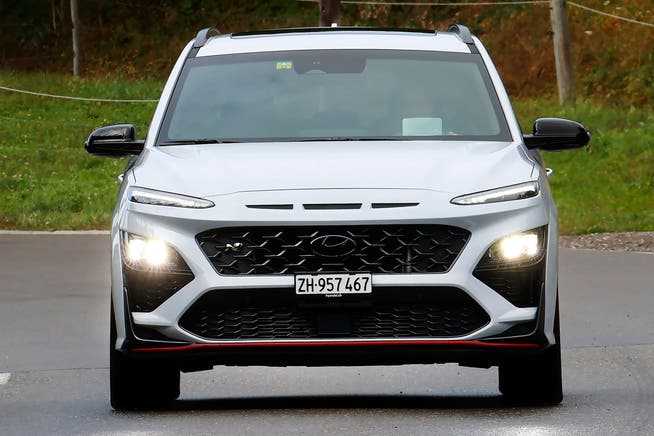
Lots of different air inlets, unclear lighting: the Hyundai Kona N is reminiscent of a rally car.
Conclusion
Both SUVs have their strengths. The Alfa convinces with well-coordinated all-wheel drive and a sporty driving experience. Its appearance is mature and dignified. The Hyundai surprises with its high level of sportiness, astonishingly good front-wheel drive coordination and ease of use.
What ultimately speaks for the Hyundai is the price level. Even if the car is not one of the most economical representatives of its guild in the test, the customer receives a vehicle that is almost on a par with the Alfa Romeo. However, a look at the price sheet shows that driving fun is much cheaper with the Koreans. If the aura of the Alfa Romeo sports brand is not so important to you, it should soon be clear which car to choose.
